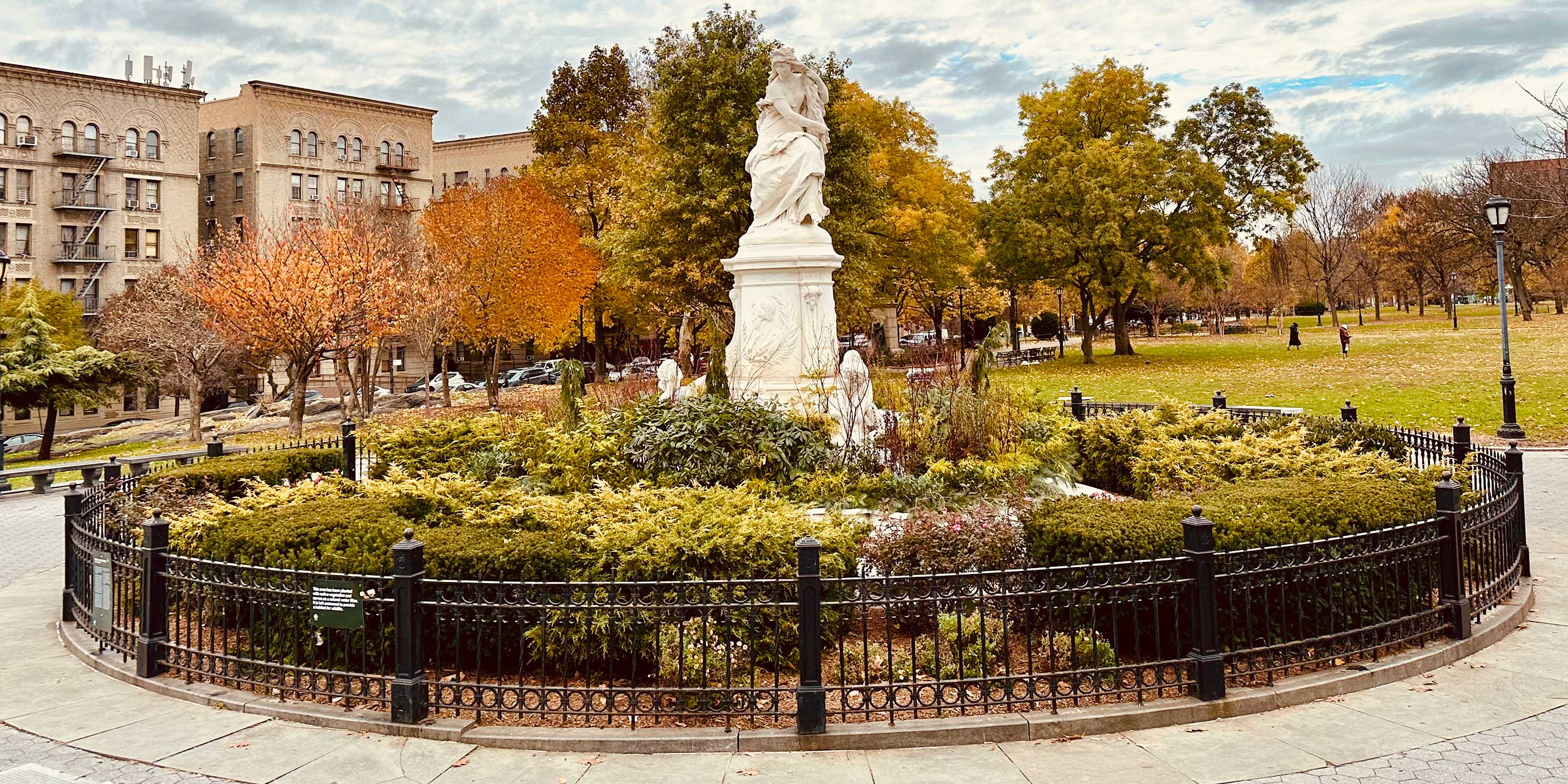LPC Should Still Deny Hardship Application for West Park Presbyterian
Hon. Chair Sarah Carroll
Landmarks Preservation Commission
One Centre Street, 9th Floor
New York, NY 10007
Email Delivery
RE: Public Meeting held on West Park Presbyterian Church – Hardship Application Comments to the Landmarks Preservation Commission
Dear Chair Carroll,
The Municipal Art Society of New York (MAS) once again appeals to the Landmarks Preservation Committee (LPC) to deny the hardship application from the West Park Presbyterian Church. We continue to be alarmed by the citywide precedent that approval of the hardship application could set for the Landmarks Law. Our previous comments in June 2022 and 2023 noted this potential precedent and posed solutions to assist in mitigating the financial burdens of the congregation.
LPC’s commissioned reports on the structural needs of the building significantly lowers repairs and rehabilitation cost numbers into manageable territory from the applicant’s claim of $26 million down to a $1.7 million cost estimate needed today under a phased approach and $9 million over ten years. The Center at West Park, the nonprofit that currently operates programming on the property, reported in 2022 that the nonprofit had and/or could fundraise $3.5 million for repairs. MAS urges LPC to consider further evaluation of the fair market value of the Church’s transferable development rights (TDR) to assist with repair and stabilization costs, based on the structural engineer’s report.
Download TestimonyFurthermore, the Commission’s independent market analysis dismissed the impact that historic tax credits could have for changing the financial dynamics of the project. Including Federal historic tax credits in the market analysis will make a significant difference to a reasonable return analysis. West Park Presbyterian Church fits the criteria for federal historic tax credits to fund restoration and adaptive reuse of the Church. If the rectory site is converted to market-rate housing such as Lafayette Avenue Presbyterian Church in Buffalo, New York, a viable project may emerge. At Lafayette Avenue, $8 million expenses qualified for federal historic tax credit and the developer was able to convert most of the building into 21 residential lofts, while still maintaining a 300-seat sanctuary for parishioners.
In New York State alone, across more than 500 projects, almost $4 billion has been invested in historic preservation and adaptive use. It is hard to understand why the use of Federal historic tax credits has been dismissed out of hand. Pier 57 and the Maritime Building are just two examples of New York City projects that have utilized Federal historic tax credits. We understand that the syndication of tax credits involves complicated legal structures. However, we are extremely disappointed to see that the Commission’s own consultant did not explore this more carefully.
MAS urges LPC to further evaluate these solutions as the committee reconsiders the lowered financial burden of the Church based on the structural engineer report and testimony. Historic tax credits and TDRs can provide further financial support to the Church and must be included in any further market analysis requested by LPC. Additionally, the Church is situated in one of the best locations in the city to find both alternative uses that could lift the financial burdens as well as command excellent potential for creative adaptive reuse. Approving this hardship application for West Park Presbyterian Church would prove not only unnecessary, but a detrimental precedent to designated religious structures across the city.
Sincerely,

Elizabeth Goldstein
President, Municipal Art Society of New York






